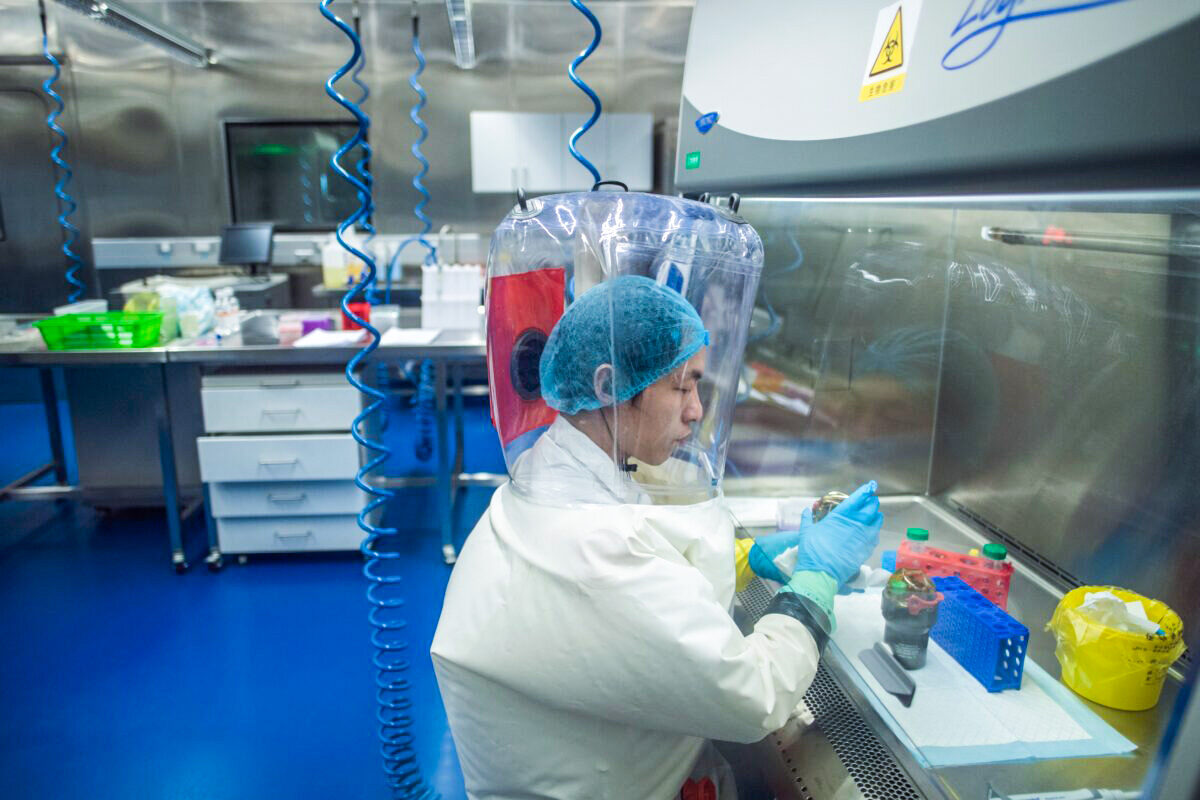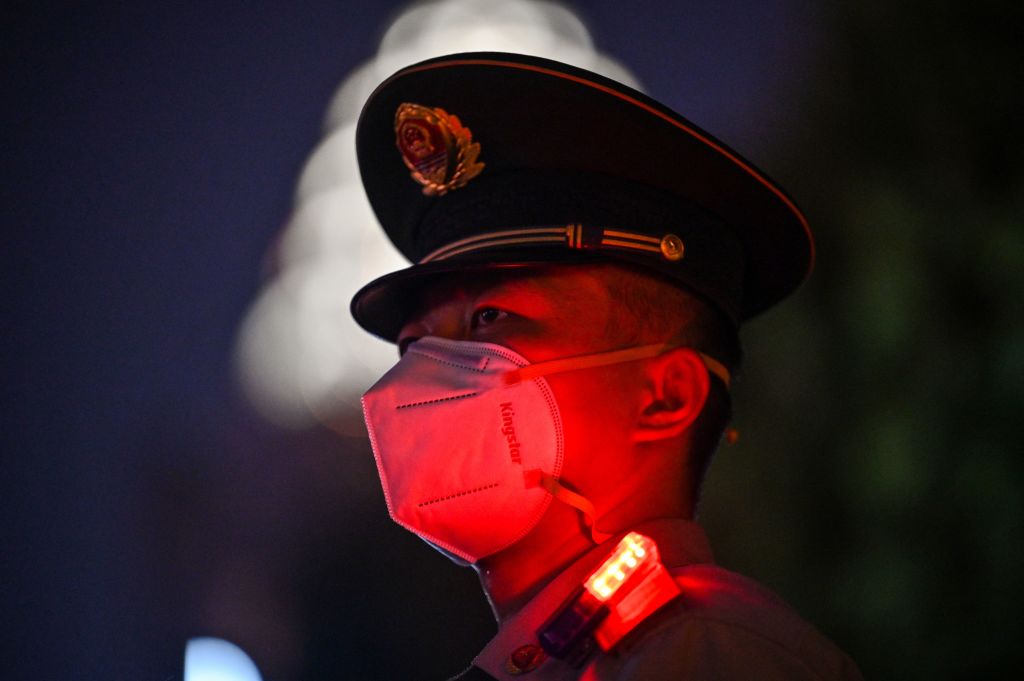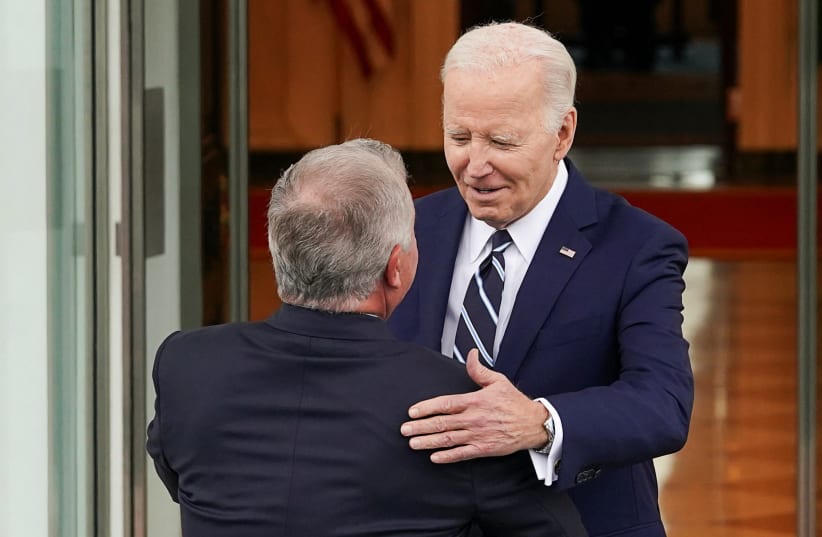"And the sixth angel poured out his vial upon the great river Euphrates; and the water thereof was dried up, that the way of the kings of the east might be prepared. — Revelation 16:12
"For nation shall rise against nation, and kingdom against kingdom: and there shall be famines, andpestilences STONG’S NUMBER: 3061 loimos, loy´-mos; of uncertain affinity; a plague (literally, the disease, or figuratively, a pest):—pestilence(-t)and earthquakes, in divers places." — Matthew 24:7
News Analysis
According to a new Senate minority report, the COVID-19 pandemic “was most likely the result of a research-related incident” at the Wuhan Institute of Virology (WIV) in Wuhan, China.
The report was written by the Republican minority on the Senate Committee on Health Education, Labor, and Pensions. The fact that the Democrat majority was not involved in it underlines the stark political divide on what should be a purely scientific issue.
Much of the evidence in the Senate minority report was already in the public domain, but there are a number of startling new revelations, including the existence of a WIV document acknowledging that a “biosafety problem had occurred at the WIV sometime before November 2019.”
The report begins by looking at the possibility of a natural origin for the COVID-19 virus. The issues raised in the report mirror known criticisms and questions, including why no host animal has been found and how the virus is supposed to have traveled a thousand miles across China—from bat caves in Yunnan to Wuhan—without leaving a trace.
The report then discusses the evidence pointing to a lab leak. Again, the report restates widely known clues, such as the fact that the WIV had been constructing synthetic coronaviruses for many years, that the lab mysteriously deleted its database of viruses, and that the COVID-19 virus contains an extremely unusual Furin Cleavage Site which the Wuhan lab had proposed to insert into existing coronaviruses in 2018.
The report also raises concerns surrounding the timing and nature of certain acquisitions by the Wuhan lab, including an order for highly specialized incineration equipment in November 2019.

However, the report’s real breakthrough appears to be the identification of a number of internal WIV documents that point both to deep Chinese Communist Party (CCP) involvement in running the lab and to the existence of grave biosafety problems at the lab.
It is not known when or how the Senate Committee received this information. The Senate’s report merely states that the relevant documents are “on file with staff.”
The first internal WIV report that is cited in the Senate report deals with efforts to improve biosafety at the lab and claims that those efforts were hampered by a “stranglehold problem,” which apparently meant a lack of access to advanced foreign biosafety technologies and materials. This June 2019 WIV report is titled “Xiang Shuilun Examines the Wuhan Institute of Virology’s Work of Establishing a ‘Red Flag Party Branch,’” whereby Red Flag Party Branch means a branch of a committee of the CCP, presumably a regional committee of the CCP.
The same report also states that during a June 2019 meeting, WIV leadership had instructed WIV officials that addressing the “stranglehold problem” was critical to “pushing forward the construction and (…) development of science and technology for the nation.” The June 2019 WIV report also lamented that “limited access to key foreign biosafety technologies forced the researchers to develop biosafety methods and construct equipment to remedy shortfalls.”
It is not clear from the Senate report what the distinction between WIV leadership and WIV officials is. Leadership may denote CCP overseers, while officials may refer to those who run the lab on a day-to-day basis. It was recently revealed that the WIV’s nominal vice director, Yuan Zhiming, is a CCP official overseeing biosafety at the lab.
The Senate report also reveals that in July 2019, the WIV leadership “led a series of internal meetings on problems of operations in management at the WIV.” The deputy director of the WIV’s top-security lab—biosecurity level 4 (BSL-4)—issued a report on “biocontainment equipment shortages and the impact of meeting the research goals of the government.”

The Senate’s source for these alarming statements is an internal WIV report from July 2019 titled “Wuhan Institute of Virology Convenes Study by the Party Committee’s Plenary Central Group and Special Investigation and Study Meeting of the Educational Theme ‘Never Forgetting our Original Aspiration and Keeping Firmly in Mind our Mission.” Reference to the “Party Committee’s Plenary Central Group” suggests that the CCP played a far greater role in directing the lab’s affairs than previously known.
According to the Senate minority, the same July 2019 internal WIV report also complained about major problems at the BSL-4 lab including “hardware and technological aspects of the laboratory facilities” and “the management of biosafety.” The report directed the institute’s senior personnel to “prioritize solving the urgent problems we are currently facing.”
Notably, the biosafety concerns appear to have centered around the WIV’s BSL-4 lab while, by their own admission, the WIV carried out its coronavirus experiments in lower biosafety BSL-2 and BSL-3 facilities. If the BSL-4 lab had serious problems with maintaining biosafety and procuring biosafety equipment, the implication is that matters were even worse at the lower-level biosafety labs.
While the timing of these secret reports in June and July 2019 precedes the earliest known date for COVID-19 to have possibly leaked from the lab—which likely would have been in September or October 2019—they are highly relevant to the outbreak of the pandemic as they highlight that there were known and very serious, biosafety problems at the WIV.
There is also a revelation in the Senate report that concerns events after the virus likely leaked out of the Wuhan lab. An internal November 2019 WIV report warned that “once you have opened the stored test tubes, it is just as if having opened Pandora’s Box. These viruses come without a shadow and leave without a trace. Although [we have] various preventive and protective measures, it is nevertheless necessary for lab personnel to operate very cautiously to avoid operational errors that give rise to dangers. Every time this has happened, the members of the Zhengdian Lab Party Branch have always run to the frontline, and they have taken real action to mobilize and motivate other research personnel.”

The November 2019 report is titled “Keep Firmly in Mind Your Responsibilities, Hold Fast to the Mission, Be a Pioneer for our Nation in the Realm of High-Level Biosafety – The Achievements of the Zhengdian Lab Party Branch of the Chinese Academy of Sciences Wuhan Institute of Virology.”
The phrase “every time this has happened” suggests that the lab had already suffered a series of biosafety failures that the CCP’s Zhengdian Lab Party Branch allegedly had to deal with.
On Nov. 19, 2019, seven days after the November 2019 WIV report was issued, a senior Chinese Academy of Sciences biosafety and biosecurity official visited the WIV to give “important oral and written instructions” from Chinese leadership in Beijing to the WIV regarding the “complex and grave situation facing [bio]security work.”
While most of the evidence presented by the Senate minority mirrors things we already knew, the statements gleaned from internal WIV documents had not been previously published, and point to far greater CCP involvement with the WIV and far more serious biosafety problems at the lab than previously known. They also raise the prospect of early and comprehensive CCP involvement in covering up the origin of the pandemic.




